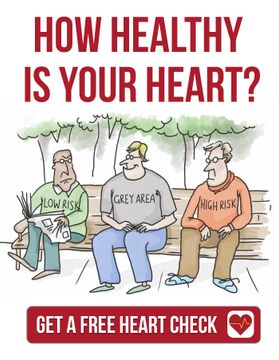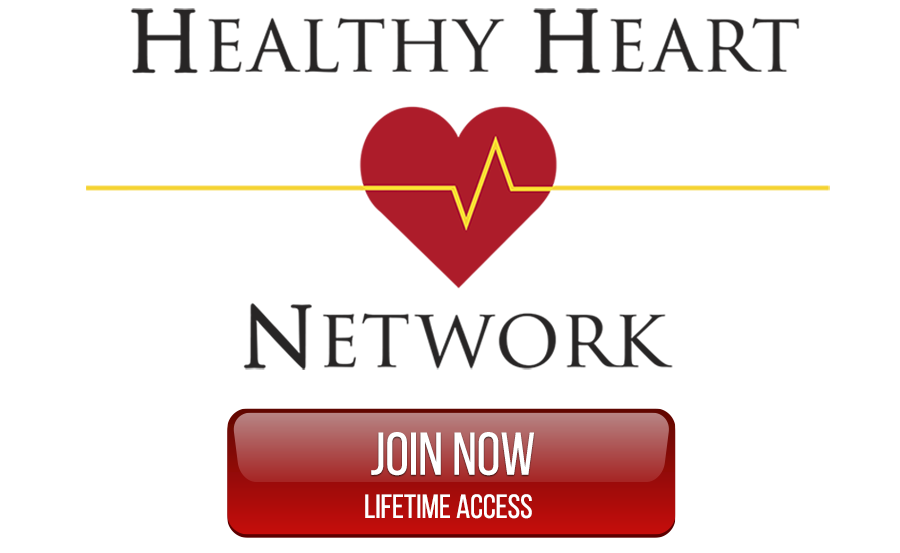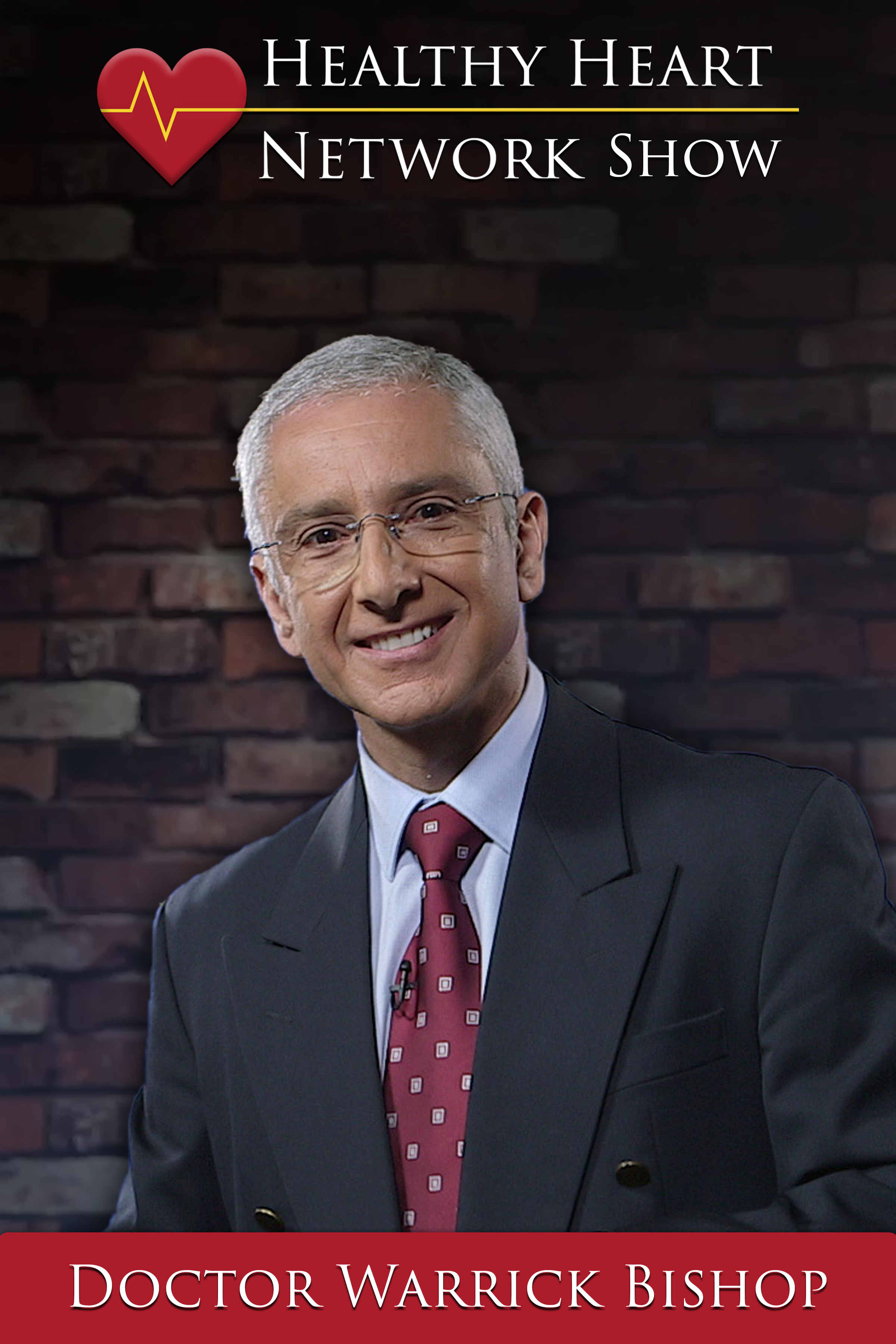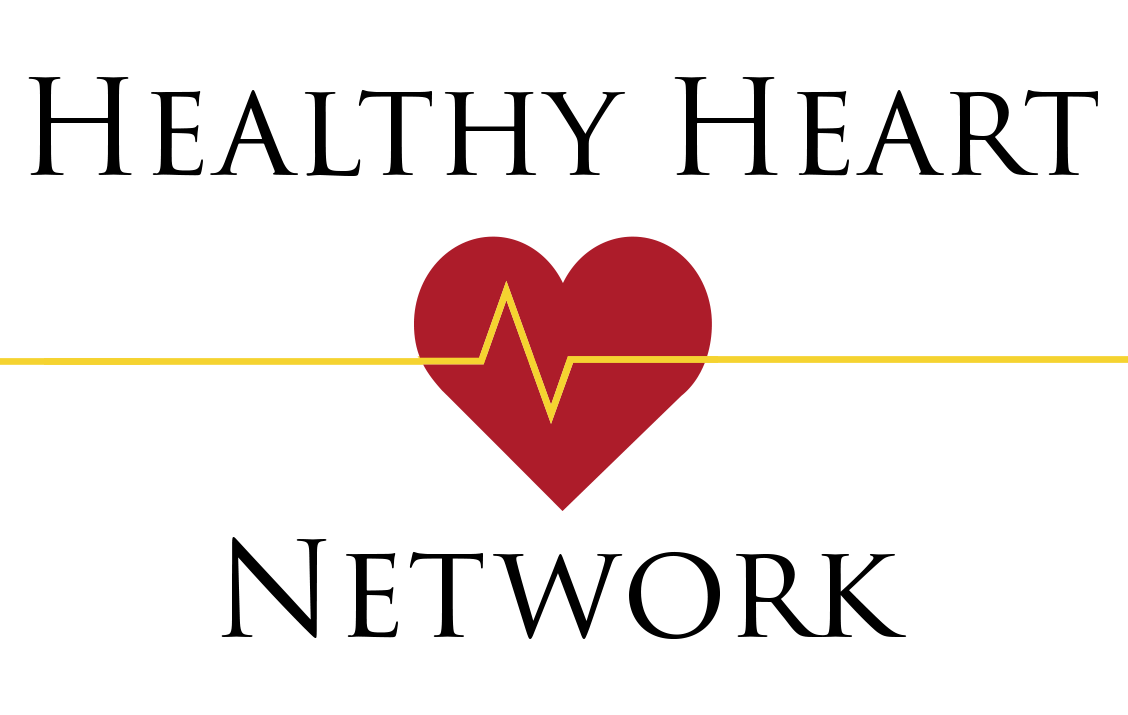JOIN OUR HEALTHY HEART MEMBERSHIP HERE: https://healthyheartnetwork.com/page/starter
Welcome to Doctor Warrick's Podcast Channel. Warrick is a practicing cardiologist and author with a passion for improving care by helping patients understand their heart health through education. Warrick believes educated patients get the best health care. Discover and understand the latest approaches and technology in heart care and how this might apply to you or someone you love. Hi, my name is Dr. Warrick Bishop and I'd like to welcome you to my consulting room. Today, I'd like to touch on a concept of terminology. The terminology that we use in some of the reporting we undertake when we're evaluating the heart. This is something I touch on in my book because I see it as a very important issue. What I'd like to do is remind you that there are two situations where we are interested in minimising risk for an individual patient. In the most obvious situation, someone who's had a heart attack, we want to reduce the risk of that occurring again. We want to reduce the chance of them having a second episode. We call that "Secondary Prevention." These are people who have had chest pain; shortness of breath; a heart attack. Some clear indication, which would be a symptom or a loss of function that demonstrates they've got coronary artery disease. And we want to reduce their risk of having another episode. On the other hand, we also deal with people before they've had an event. This is called "Primary Prevention." These are people who, when we're looking after them, have not had an event; they're basically fit and well. Now, in the primary prevention group is where I want to focus. What's happened, in recent years, with the ability of scanning the heart, is that we can now see the health of the arteries. As a profession, we're yet to come to a conclusion and a consensus on the best way to describe what we see in the arteries in the primary preventative setting. Now to my mind, in primary prevention, we've not yet had a disease. We've not had a disease because the definition of a disease is a symptom or a loss of function. In primary prevention we're dealing with asymptomatic people. These are people without any signs whatsoever. The crux of this discussion is that in modern time with the advantage of C.T. imaging to allow us to look at the arteries, we now see plaque build up. Now, many of my colleagues who report these studies when they see any plaque at all, whether it be in a primary preventative setting. Or in a secondary setting, will report that plaque as coronary artery disease. Now think about it. In the secondary setting, that makes perfect sense. The patient has had a symptom or a loss of function and any plaque is part of the plaque burden that they're carrying which is attributable to that disease. But in the primary prevention setting, our objective is actually to stop the disease. Now if we call coronary artery disease is present in someone in primary prevention, we've just blurred the line between primary and secondary prevention. Well, what's the consequence; what's the big deal? Why would I fuss about that? If you stop to think about it, the consequences can be significant. Firstly, the patient who is seeking to be proactive about reducing their risk of a heart problem, suddenly gets labelled with a disease. They turn up looking to be proactive, and they get told even though I feel perfectly well, that they have coronary artery disease. Well, I have to say I would take that as a little bit of an emotional and psychological blow. So it doesn't surprise me that some patients would find that a difficult pill to swallow. Importantly, if we document the term 'coronary artery disease' in a patient report, then full disclosure in the setting of insurance means that person may be denied insurance in the future. Now remember, this could even be in the situation where very little plaque or very little build up of cholesterol in the arteries is seen. And even though it's a small amount, it gets referred to as coronary artery disease. If that person then looks to get insurance of any sort, they do have to disclose it and that could be an enormous problem in the future. It may be that these people are years away from having any problems and perhaps may never have a problem because they went through the testing and have been put on the appropriate medication, yet the terminology will stick and may well have a significant impact. Remember we could also be dealing with people who require licensing for their work for example. Imagine the impact on a pilot; a commercial pilot who wants to be proactive about his health and has, written in a report, about his heart that he has coronary artery disease even though he might be running 10 kilometres a day, he may be fit, active, well and appropriate therapy. This just won't be good for him when it comes to re-accreditation or recertification or licensing as an aircraft pilot. I think we have to be really careful about the terminology and language we use. And I think it's really important to think about it. I'm really lucky to have a couple of leading cardiologists in Australia who also support that opinion and together we're looking to try and raise awareness around this issue. But I think it's a really important one for you to think about and discuss as well, so you're aware of it. I make a particular point in my own correspondence back to general practitioners and in the service that we provide here that we refer to plaque build-up in the arteries in the primary prevention setting as at heroma burden. We don't mention the word 'disease' at all. I hope that makes a bit of sense to you. I hope you've enjoyed the discussion. As always, I wish you the very best. And thank you for joining me. Goodbye. You have been listening to another podcast from Dr. Warrick. Visit his website at drwarrickbishop.com for the latest news on heart disease. If you love this podcast, feel free to leave us a review.
Check out my book at http://drwarrickbishop.com/books/









